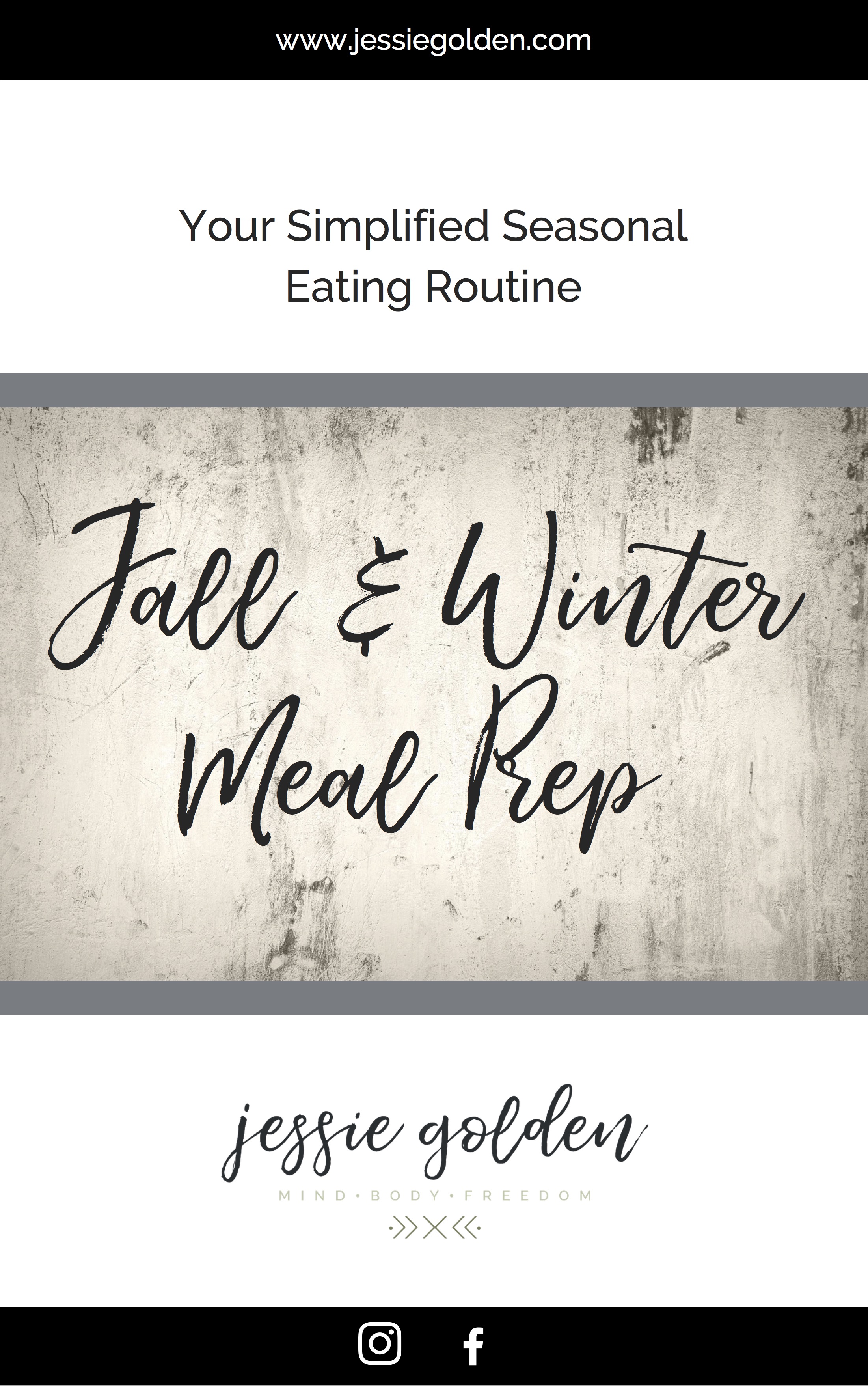Alcohol - It Really Can be Part of a Healthy Lifestyle
/I’ve gone into detail about my journey and relationship with alcohol here, and you’ll see that I’ve had my fair share of ups and downs with this popular party drug. I still love wine and tequila, and I consume them regularly. I believe they can find their way into a healthy lifestyle, even when losing weight is the goal. Am I going to say it’s healthy? Maybe. We know it’s not physically healthy for us (you can get your antioxidants elsewhere, ok?), but imbibing in a balanced way can actually be health promoting.
How can something that’s essentially poison be healthy? Because oftentimes the stress of abstaining from it for the sake of weight loss leads to an unhealthy mindset, in addition to subsequent unhealthy behaviors. For example, I used to vow to not drink any booze after a bender of a weekend, and then the only thing I could think of was having a drink. Similar to struggles with eliminating a “forbidden” food. It only makes you obsess about said thing. This comes with the obvious caveats of actually enjoying alcohol, not having issues with addiction, and not using it as a crutch for any number of underlying issues.
In addition to the unhealthy behaviors that can accompany completely abstaining from alcohol, having a drink or two can actually be a great way for some people to relax or enjoy time with loved ones. Do we NEED it? No. We don’t need many aspects of our modern lifestyle today, but they can add to our joy and fulfillment in a positive and balanced way. I thoroughly enjoy having a drink with my family when I’m home catching up, while out with friends, and even while at home alone.
This all occurs when the following criteria are met:
- I actually want a drink: This is similar to mindlessly eating processed foods that aren’t going to make us feel great, oftentimes because they’re simply available. I always ask myself, “Do I actually want a drink, or am I just having one because everyone else is? Or because it’s right in front of me?” It took me a while to determine the differences, and I usually didn’t know until halfway through the drink. Don’t listen to what anyone else says. I promise it’s ok to leave an unfinished drink on the table.
- I’m not drinking to suppress an unpleasant emotion: this kind of drinking never feels good, especially the next day. Not only do we feel physically unwell, but our emotions are even more unstable than they were to begin with. Drinking in response to discomfort doesn’t allow us to address the root causes of our feelings, so they will only intensify in time. Face that shit, then have a drink. This also includes boredom. It happens to many of us on occasion, but if it’s a recurring theme, it’s time to find some more valuable ways to spend time.
- Not using it as a social lubricant: This was a big one for me in my early to mid-20s, as I had essentially been socializing drunk for the previous seven years. As a result, I wasn’t comfortable entering a social situation without a buzz, and if I did happen to arrive sober, I was drunk within the hour to stifle my social anxiety. Overcoming this took some time, but I slowly became comfortable with sober socializing, and it’s definitely my preference now. I find being buzzed or drunk only enjoyable in the company of friends and family.
Once I have checked the boxes on the above, then I assess the environment I’m in and mindfully choose my plan of action. I typically find myself in one of the following situations:
- An environment where everyone is having just a drink or two, so I don’t need to overthink my drinking. Everyone is on the same page, and it’s a relaxed atmosphere, so I can easily have one or two drinks without giving it a second thought.
- An environment where everyone is drinking to party and get drunk, and I only want a few drinks or none at all. This takes some more conscious effort, as it’s easy to get carried away when we really don’t want to or to succumb to peer pressure. It’s best to walk into these situations with a game plan and stick to it. Two or three drinks (that’s pushing it with a potential hangover for me), and I call it. Club soda with lime is a lovely way to feel like I’m drinking something more fun than water, and it also reduces the likelihood of someone harassing me for not drinking. It’s unfortunate that people still do that, and I don’t lie about it if I’m asked, but I’m ok with consciously mitigating those instances when I can.
- An environment where everyone is drinking to party and get drunk, and I’m on board. This doesn’t happen very often, but sometimes the mood strikes or it’s a special occasion and I’m all in. I go into these situations with the expectation that I’m going to drink more than I know is physically ideal, and then my hangover the next day is MUCH easier to accept. Having this happen so sparingly is also important for not berating myself the next day. It’s not part of an abusive cycle; it’s simply a fun, rare night out.
“Know thyself”
- Socrates
In addition to drinking for positive reasons and acknowledging and adjusting to our environments, we also need to understand how alcohol affects us individually. Once we do, we can act in alignment as often as possible to ensure we minimize the negative effects, both physically and mentally.
The next time you enjoy a cocktail or your beverage of choice, bring awareness to the following:
- Eating before: This is a huge one for me, as it is for many people. If I don’t eat before drinking, my stomach hurts, I get a buzz far more quickly than I would like (and far more quickly than anyone around me), and I feel like shit the next day without fail. Even if it’s just one or two drinks. If I’m out at a restaurant as opposed to a bar, then I pace my drinking with my eating to ensure I don’t get ahead of myself. Loading up on high-volume foods that are more satiating, like protein and vegetables, is helpful. Eating before drinking or pacing my drinking in accordance with my eating is a non-negotiable for me, and if I’m going to be out all day, I’ll bring a snack with me just in case.
- Effects on hunger and cravings: Drunk eating is a common effect of imbibing, but some are immediately drawn to foods they wouldn’t normally eat once they’ve had a drink or two. For me, this only happens when I haven’t eaten or paced appropriately as noted above. For others, light drinking actually suppresses hunger and cravings. It’s important to know which one you are and to adjust accordingly. Don’t use a buzz as an excuse to go off the rails and treat your body poorly! If you’re eating moderately the rest of the time and aren’t restricting, then this urge will be greatly reduced, but bringing mindfulness to the situation is always necessary. And if you do end up going overboard on food, either with poor quality or excessive quantity, please don’t beat yourself up. On top of a hangover, self-loathing is the last thing we need. It’s just one day/night!
- Water consumption: This is a given for most of us, as we’re taught this from a young age, but it’s easy to forget about drinking water when we’re busy socializing. I aim for one tall glass of water between each drink, and it makes a huge difference in how I feel the next day. It also slows down our consumption of alcohol, so it’s a win-win!
- State of Mindfulness: Acknowledge your environment, your hunger levels, and play the situation out in your head. Don’t bury your head in the sand (or your drinks, in this case) and mindlessly consume things you won’t feel great about afterwards. If you want to do so consciously, then great! But don’t check out. I promise you’ll wake up feeling much better if you made your choices consciously, even if you have a hangover and ate more than your body was asking for. This applies to hungover eating as well. I used to overeat processed foods excessively when hungover without any sense of consciousness, and the minute I decided to bring awareness to my hangovers, those poor choices were drastically reduced.
The last point is the most important piece of the boozing puzzle. Bringing awareness to how alcohol affects us physically and mentally, how we manage various drinking environments, and our state of mind during and after imbibing is crucial for developing a healthy and malleable relationship with alcohol. And while finding out what works best for each of us individually takes some time, it’s so worth it. I no longer stress about how I’m going to manage a night out when I don’t want to drink, I know how to minimize the physical and emotional side effects, and most importantly, I now respond with kindness towards myself rather than with negative self-talk when I do overdo it. We don’t have to be at war with alcohol in the same way we don’t with food.









